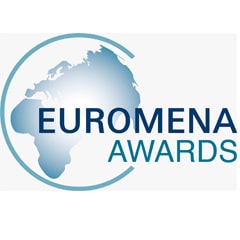Qualitative chemical analysis, branch of chemistry that deals with the identification of elements or grouping of elements present in a sample. The techniques employed in qualitative analysis vary in complexity, depending on the nature of the sample. In some cases, it is necessary only to verify the presence of certain elements or groups for which specific tests applicable directly to the sample (e.g., flame tests, spot tests) may be available. More often the sample is a complex mixture, and a systematic analysis must be made in order that all the constituents may be identified. It is customary to classify the methods into two classes: qualitative inorganic analysis and qualitative organic analysis.
Sample is commonly dissolved in water for the determination of anionic constituents (i.e., negatively charged elements or groupings of elements) and cationic constituents (i.e., positively charged elements or groupings of elements). The procedure followed is based on the principle of treating the solution with a succession of reagents so that each reagent separates a group of constituents. The groups are then treated successively with reagents that divide a large group into subgroups or separate the constituents singly. When a constituent has been separated it is further examined to confirm its presence and to establish the amount present (quantitative analysis). Portions of the material are dissolved separately, and different procedures are used for each to detect the cationic and anionic constituents.
Qualitative analysis has applications in different fields especially the production of food, water, pesticides, petrochemicals, and pharmaceuticals.
Bicarbonate is an important antidote used for treating cyanide poisoning. Apart from its medical uses, it also has applications in water treatment, neutralizing bleach, leather tanning, gold extraction, photographic processing, and chemical heating pads.


















